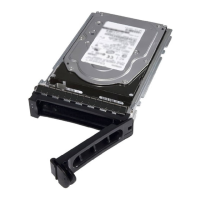Why does Dell Software device status remain Down after being added to a group?
- CClinton BrooksAug 15, 2025
The device status might remain down due to an error in the SNMP community string, an SNMP Get Failed message, or incorrect credentials. To resolve this, select the name of the down device on the APs/Devices > List page. If you see an SNMP Get Failed message, select the APs/Devices > Manage tab. If the credentials are incorrect, return to the Device Communications area on APs/Devices > Manage, enter the correct credentials, and select Apply.









